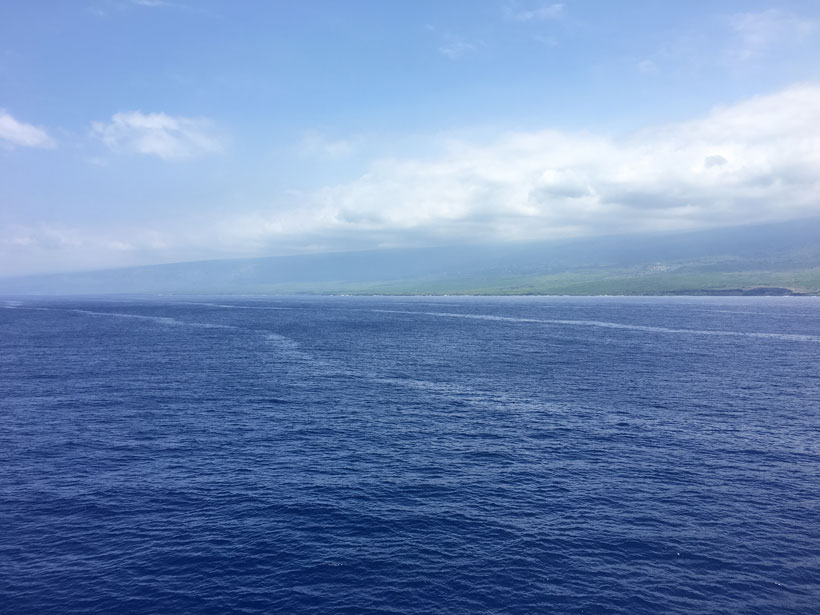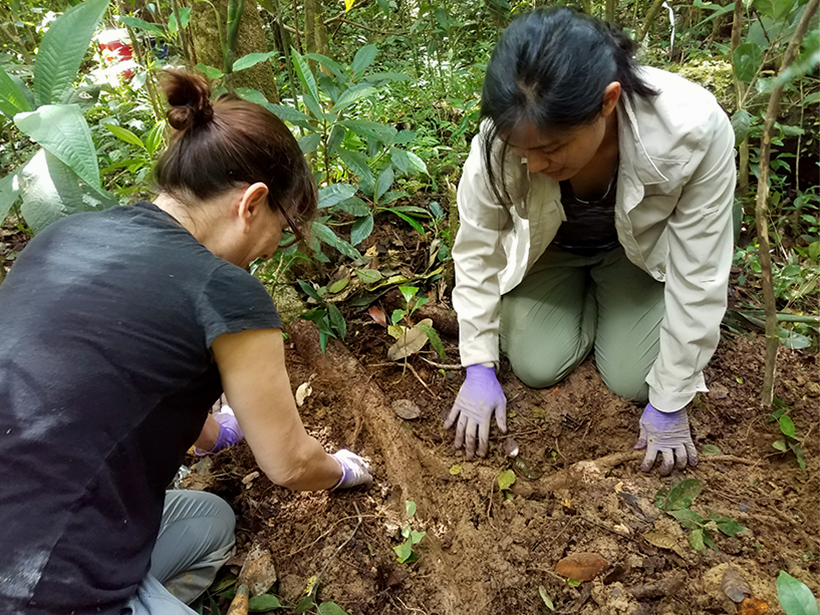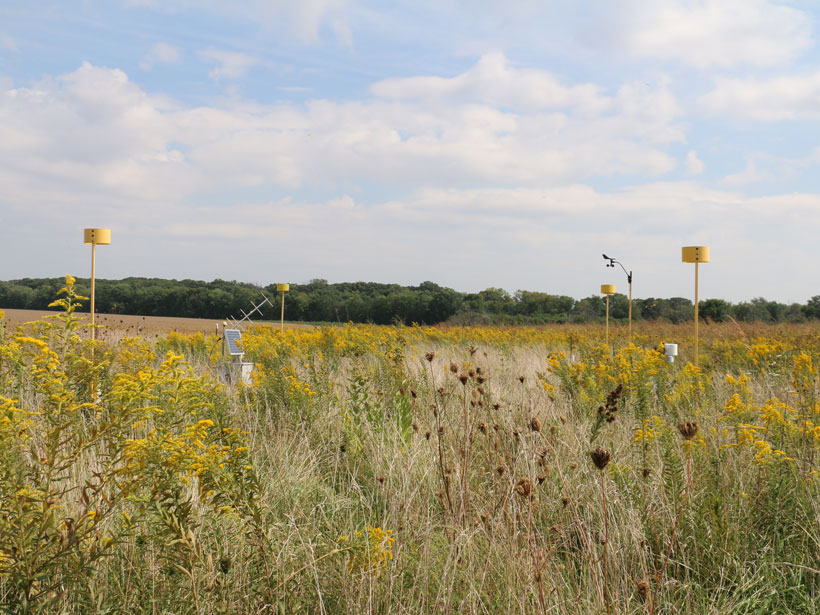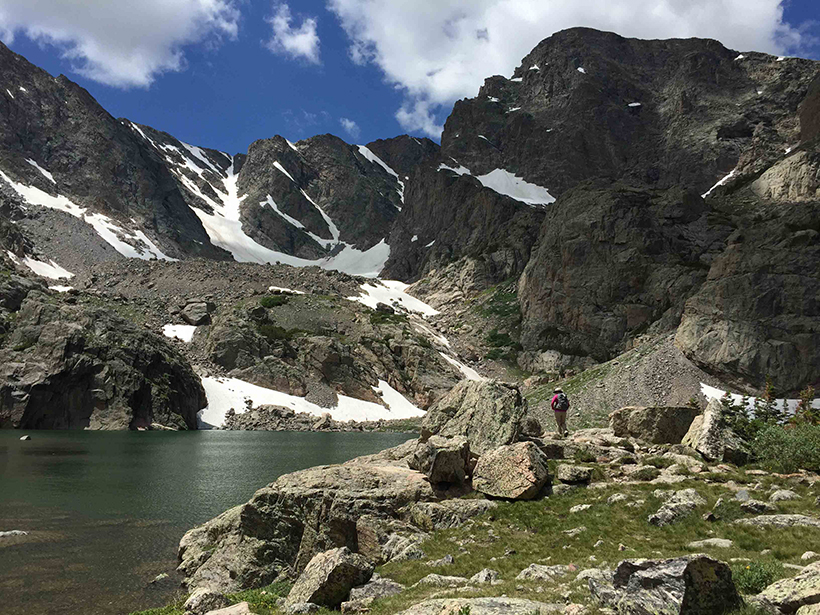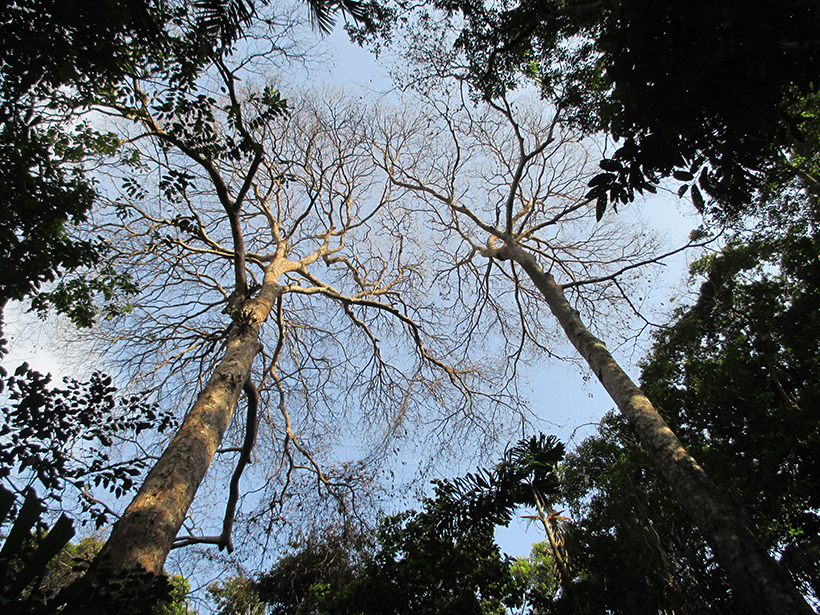Ocean slicks—naturally occurring bands of smooth water—are home to an astounding diversity of fish larvae and other marine life, researchers show.
ecosystems
The Amazon River’s Ecosystem: Where Land Meets the Sea
What happens to plant matter on its journey down the Amazon River to the Atlantic Ocean? One research group investigated the region where river and ocean meet to fill in this part of the story.
Rising Ocean Temperatures Threaten Carbon-Storing Sea Grass
A new model predicts that as ocean temperatures rise, carbon-storing sea grass may disappear and even go extinct in some ecosystems.
Spills, Sediment, and Shoreline Contamination
A recent paper in Reviews of Geophysics describes the formation and behavior of oil-sediment residues in marine and coastal environments following an oil spill.
Scientists Probe Water Inside Leaves via Satellite
Improving satellite-based studies of vegetation optical depth, a critical ecosystem indicator.
After Obliteration, How Long Until Life Returned?
By studying the Chicxulub crater associated with the extinction of more than 75% of species then on Earth, researchers have begun to fill in a timeline for life’s rebound after the cataclysm.
Major Federal Tropical Research Project to Cease 7 Years Early
The Department of Energy shutters a project aimed at improving climate models less than halfway through the expected decade-long run.
What Causes Ecological Shifts?
A new information-processing framework helps researchers tease out the factors driving ecological shifts over short timescales.
Understanding Mountain Lakes in a Changing World
Mountain Lakes and Global Change Workshop; Fort Collins, Colorado, 6–8 March 2017
Panama Study: Tallest Tropical Trees Died Mostly from Lightning
On Barro Colorado Island in the Panama Canal, scientists map lightning strikes and find that they kill mainly the loftiest trees, likely disturbing the forest ecology.

